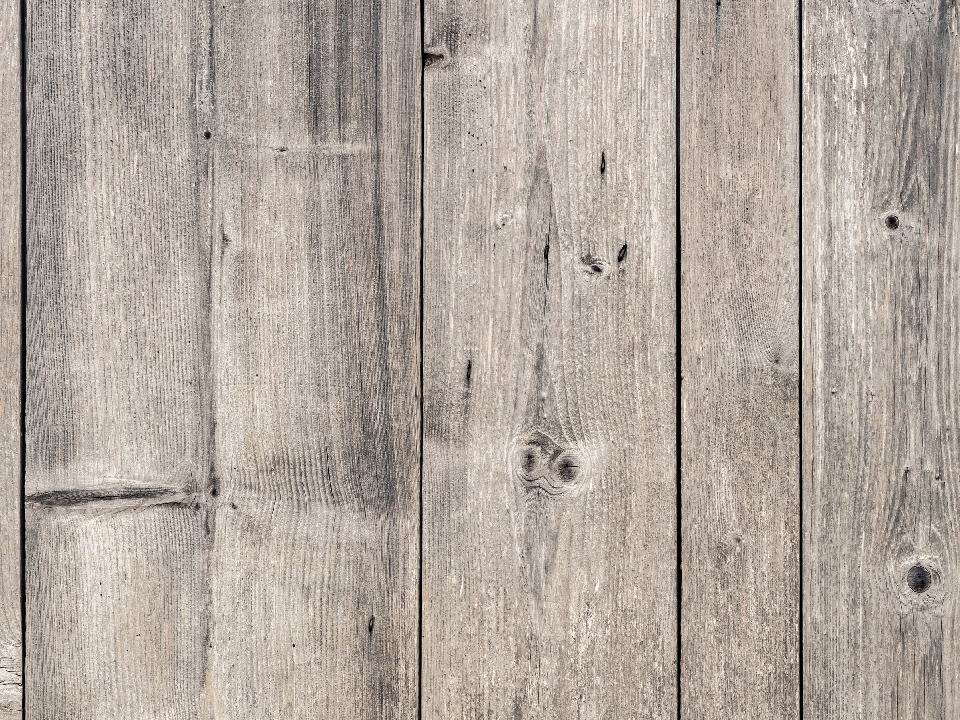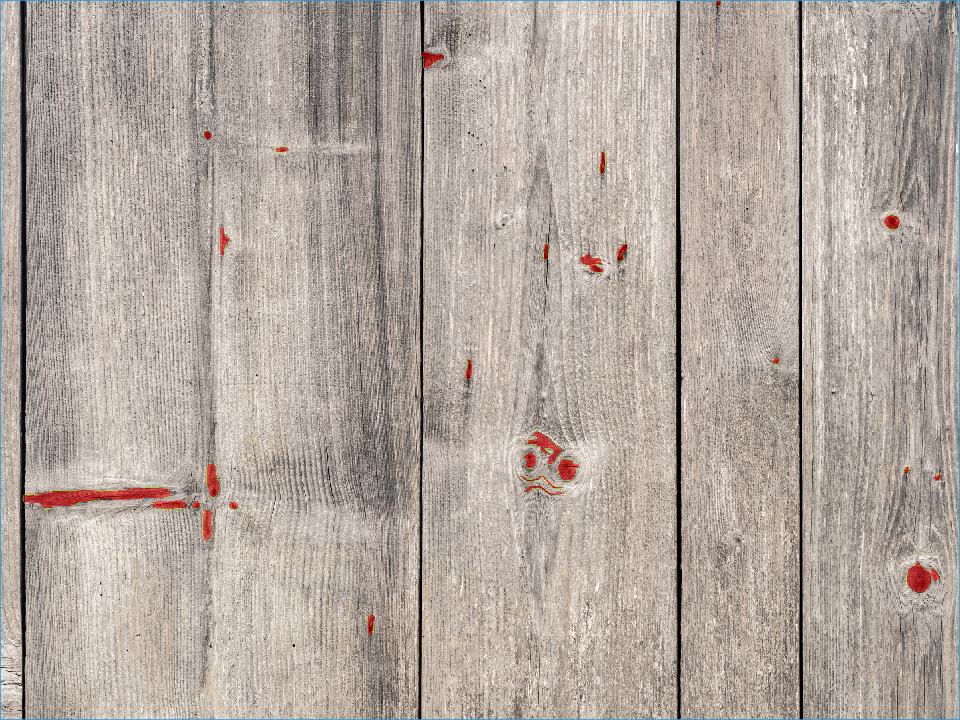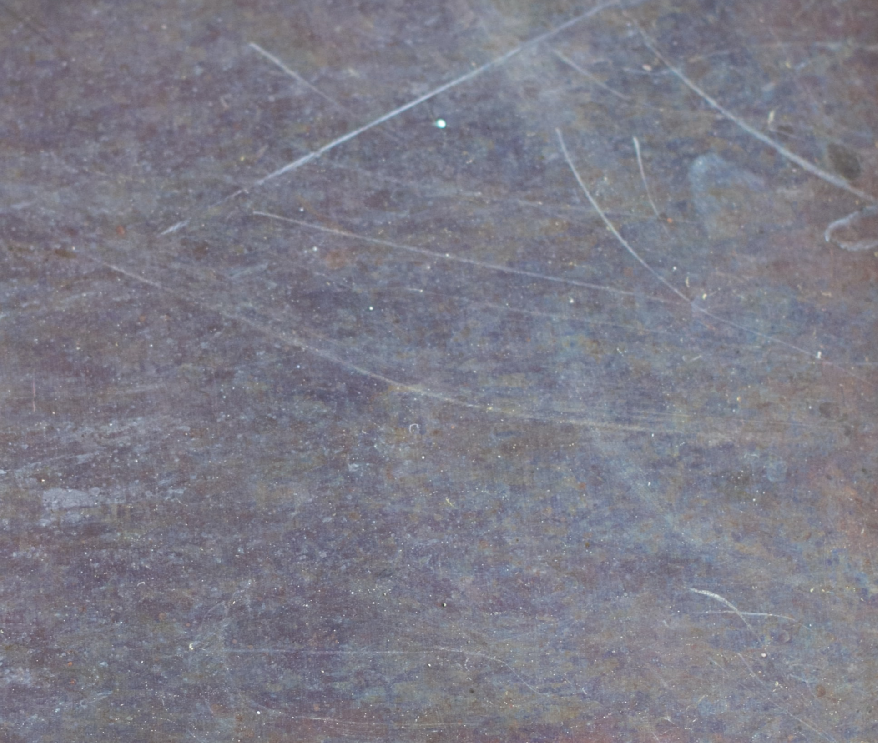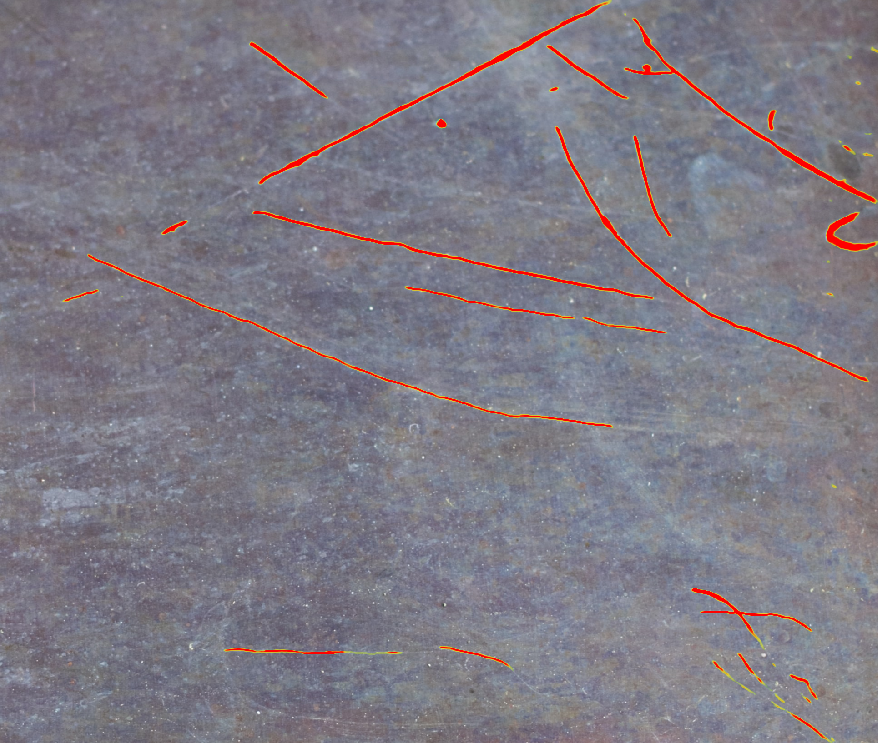Machine vision combined with neural networks and artificial intelligence can solve previously unsolvable problems. Our neural network-enhanced vision systems for the most demanding applications think like a human in principle, but evaluate product quality with the extreme speed, accuracy and relentlessness of a machine.
The control system for evaluating the quality of a given product is trained in a similar way to training a new employee. The machine vision system learns what is considered a defect or defect in the product, what colors or shapes this defect may have based on the product samples that are presented, which are both high and low quality, and then can reliably detect these defects in various places in the product. For each product, the system evaluates the size, location and type of defect. Then, based on the tolerances you specify, a decision will be made as to whether the product is of good or poor quality.
Neural networks are most commonly used for:
Neural networks and artificial intelligence are absolutely perfect tools for checking the quality of the wood surface, where you can check, for example, the presence of knots, staining, chipping or any other defects.
Na obrázku níže můžete vidět ukázku lokalizace suků a jiných tmavých míst na dřevěných prknech. V následujících krocích kontroly kvality by došlo k vyhodnocení polohy a velikosti vad a na základě těchto parametrů k roztřídění do tříd kvality dle vámi nastavených tolerancí.


Další ukázkou kontroly kvality nepředvídatelných vad povrchu je detekce škrábanců na povrchu ocelového plechu, která je vidět na obrázku níže. Po kompletní lokalizaci opět dochází k vyhodnocení polohy a rozsahu velikosti vad a třídění do tříd kvality dle vámi nastavených tolerancí.


Potřebujete kontrolovat kompletnost sestavy výrobku nebo obsahu balení před odesláním vašemu zákazníkovi a běžné typy kamerových kontrol na to nestačí? Díky neuronovým sítím s hlubokým učením to není žádný problém! Systém se dokáže v průběhu tréninku naučit různou podobu jednotlivých hledaných komponent balení nebo sestavy a nezmatou ho ani nepředvídatelné odlesky nebo drobné odchylky v podobě. V reálném čase pak kontroluje přítomnost a počet komponent a dává zpětnou vazbu v případě detekování chybějícího dílu.
Zaujaly vás možnosti aplikací s neuronovými sítěmi a chtěli byste se dozvědět více? Neváhejte nás kontaktovat!